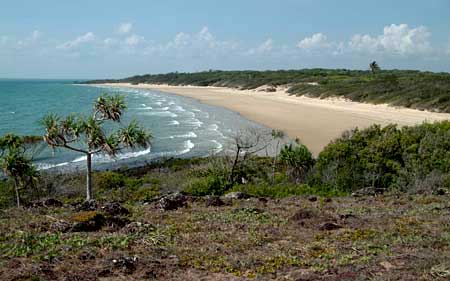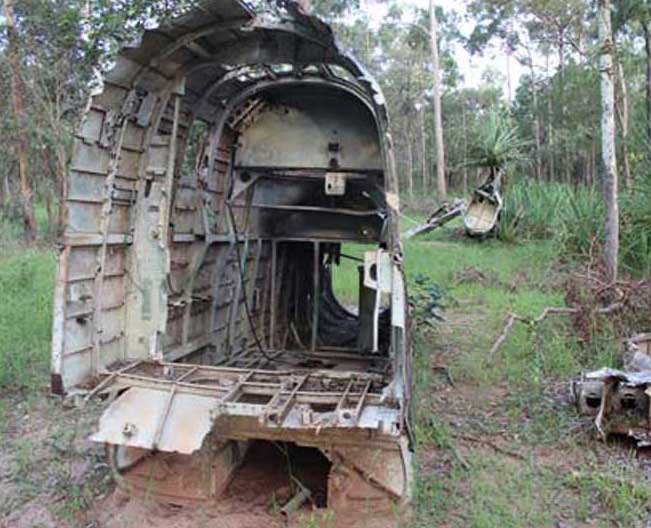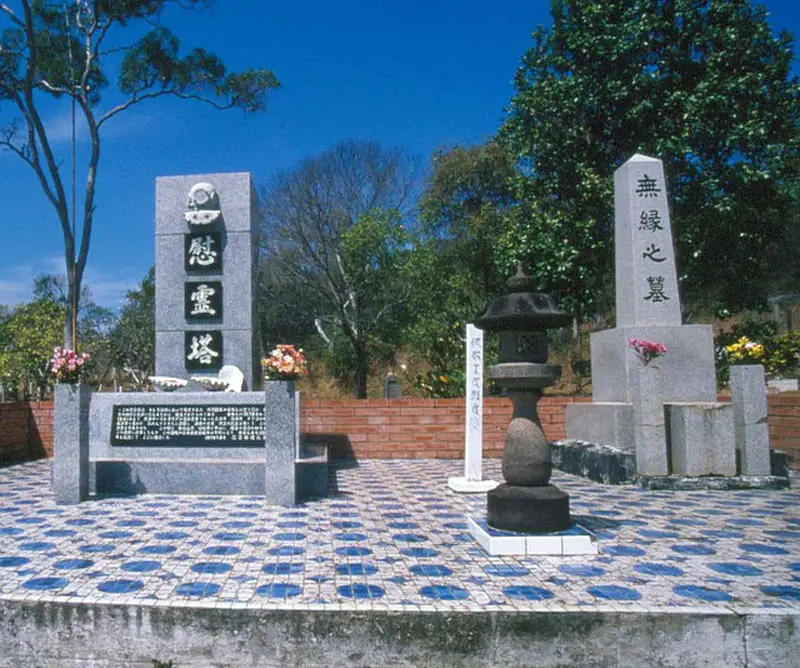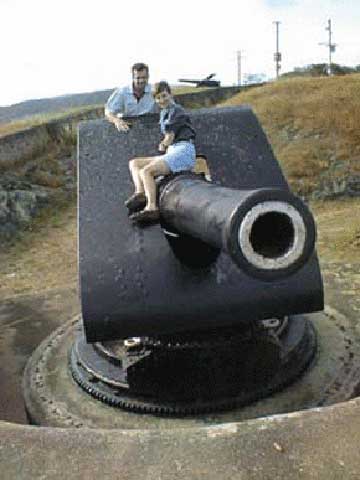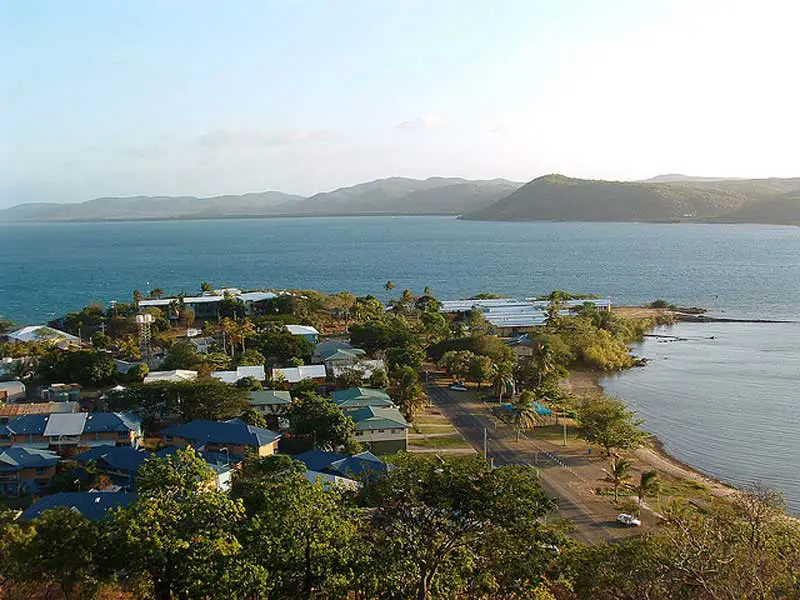
The administrative centre for the Torres Strait islands which have been part of Queensland since 1872, “T.I.” as it is usually known, is just over three square km in area and 39km off the tip of Cape York. The strait’s population of 25,000 live on more than 20 islands (around one tenth of these live on Thursday Island), and is engaged mostly in fishing, prawning and a declining pearling industry. Thursday Island is now identified as one of the last great frontiers in Australia, as it holds some great Australian history. In 1880, Thursday Island acted as the defence centre for Australia and evidence of this still exists in that the cannons still remains in place. Although Thursday Island has lost its former importance as a stopping point for vessels, it’s still a popular pause for passing yachties.
The highest point on Thursday Island, standing at 104 metres above sea level, is Milman Hill, a World War II defence facility. Thursday Island is about as remote as you can get in Australia. Port Moresby (800 km) and Dili (2100 km) are closer than Brisbane (2400km) and Melbourne (3300km). The 3.5km2 island is home to about 3800 people of diverse cultural backgrounds. Thursday Island is one of the most cosmopolitan communities in Australia.
Visitors to Thursday Island can experience one of Australia’s Indigenous cultures, local art, community markets, relics of the pearling industry, colonial architecture and tours of significant sites from World War II.
The cemetery reflects the history of occupation since the settlement of T.I in the late 1800’s. Muslims, Buddists, Japanese, Pacific Islanders and Torres Strait Islanders rest peacefully within the 3 hectare cemetery.
There are over 700 Japanese graves on Thursday Island, many of Japanese pearl divers who began arriving in the 1890s when the pearling industry began. In 1979, a memorial commemorating the fallen was erected at the Thursday Island Cemetery by the Japanese Consulate.
The Thursday Island township is noteworthy for being the most northerly town in Australia. It is the administrative centre of the Shire of Torres. The Torres Strait Campus of the Tropical North Queensland TAFE Institute located on the island next to the high school is the leader in education for the Torres Strait. The economy of the island is supported by pearling and fishing, as well as a fast-developing tourism industry, with perhaps the most famous tourists being novelist Somerset Maugham and Banjo Paterson.
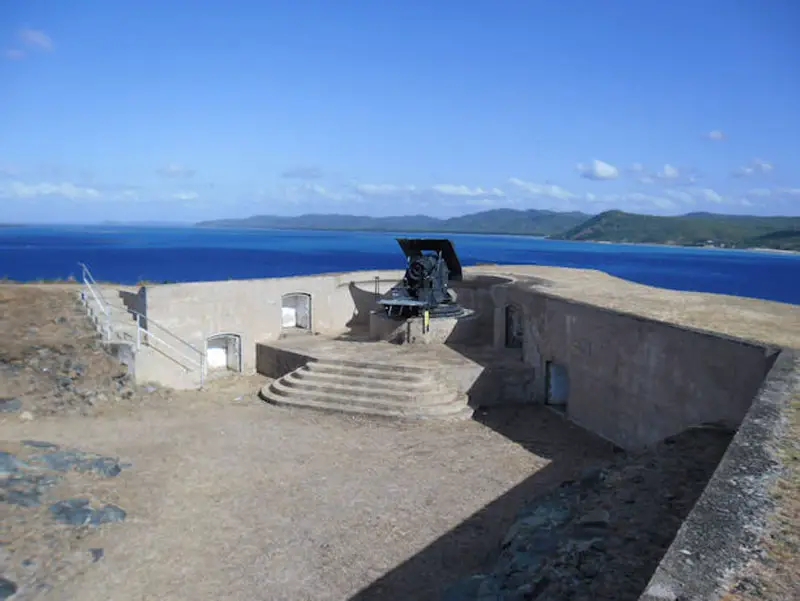
Green Hill Fort was built between 1890 and 1893 at the height of fears that other colonial powers, particularly Russia, might invade northern Australia. The threat of Russian invasion never materialised, but the Fort saw active use until 1927. It was built under a team led by Major Edward Druitt, of the Royal Engineers, and George Cryle, who later became prominent in Queensland’s fledgling construction industry. Its purpose was to protect the coaling hulks moored nearby from possible attack by the feared Russian invaders who never arrived. The three 6 inch guns and the fort remained intact. Despite several attacks on nearby allied bases during the World War II, the fort, then used as a Signals Station, never fulfilled a major military role again. After 1927, Green Hill Fort saw service in a number of capacities: as a signals and wireless station during WWII, and as a weather station for the Bureau of Meteorology between 1954 and 1993. It was converted into a museum in 1993.
History: The island has been populated for thousands of years by the Melanesian Torres Strait Islanders, who named the island Waiben, thought to mean ‘no water or place of no water’, owing to the scarcity of fresh water on the island. It was named Thursday Island on 4th June 1789 by Captain William Bligh on his epic voyage of survival after being cast adrift in a longboat during the mutiny on HMS Bounty. He named it because the day he arrived and went ashore there was a Thursday.
In 1877, an administrative centre for the Torres Strait Islands was set up on the island by the Queensland Government. A lucrative pearling industry was founded on the island in 1885, attracting workers from around Asia, including Japan, Malaya and India, seeking their fortune. By 1883 over 200 pearling vessels were based on the island. Additionally, many south Pacific Islanders were also imported to work in the industry, many against their will. While the pearling industry has declined in importance, the mix of cultures is evident to this day. The pearling industry centred on the harvesting of pearl shell, which was used to make shirt buttons. Pearls themselves were rare and a bonus for the owner or crew. The boats used were a very graceful two-masted lugger with, in good times, a stern diver, one midships, and one diver off the bow.
The fear of a Russian invasion lead to a fort on Battery Point being built in 1892 to protect the island. During World War II, Thursday Island became the military headquarters for the Torres Strait and was a base for Australian and United States forces. As a result, the island was bombed by the Japanese in 1942, which saw the evacuation of civilians from the island. They did not return until after the end of the war.
The island was mostly spared from bombing in World War II, due, it was thought, to it being the burial place of many Japanese pearl shell divers. However, neighbouring Horn Island was extensively bombed. It had an air base there, used by the Allies to attack parts of New Guinea. Following the conclusion of the war the island tradition of a no footwear policy was reinstated in respect for the ancient spirits believed to reside on the island.
In the 1950s the CSIRO attempted to establish a cultured pearl industry and in the 1970s there was an attempt to farm green turtles.
The Melanesian background of the Thursday Islanders became an issue in the 1970s, when Papua New Guinea sought to include the Torres Strait Islands within its borders. The Torres Strait Islanders insisted that they were Australians, however, and after considerable diplomatic discussion all of the Torres Strait, including Thursday Island, remained part of Australia.






